Can You Deduct More of Your Utah Property Taxes in 2025? Here’s What the Big Beautiful Bill Changed
If you’ve ever paid your property taxes in Utah and felt like you were getting shortchanged come tax season, you're not alone. For years, homeowners in Heber City, Midway, and throughout Wasatch County have been limited by the federal SALT deduction cap — which maxed out at $10,000 regardless of how much state income or property tax you actually paid. That cap made it difficult for many Utah residents, especially those with higher incomes and more valuable homes, to fully deduct what they were paying in.
Now, thanks to the newly passed Big Beautiful Bill, that cap has increased — and for the first time in years, there may be meaningful room to deduct more of your Utah property taxes. But (and there’s always a but), it depends entirely on how much you earn.
What Changed in the 2025 Tax Law?
The SALT (State and Local Tax) deduction limit has officially increased from $10,000 to $40,000. That sounds like a massive win — and for many, it will be. But it comes with strict income thresholds that determine who qualifies for the new cap. If your adjusted gross income is under $500,000 (married filing jointly), you may now be eligible to deduct up to $40,000 in combined property tax and state income tax. The new rules start to phase out once you cross $400,000, and disappear entirely above $500,000.
So while this new SALT cap opens the door for significant deductions, it only does so for those who keep their income within that specific range. If you're over the limit, you're still stuck with the same $10,000 deduction we've had since 2018.
Why It Matters for Utah Homeowners
If you own a home in Heber City, Midway, Timber Lakes, Red Ledges, or any of the newer Wasatch County subdivisions, you’re probably already paying well over $10,000 a year in combined Utah property taxes and state income tax. Before this change, most of that wasn’t deductible. Now, depending on your income, it could be.
This matters even more for those who own a second home, rental property, or recently bought into a high-assessed neighborhood. It’s not uncommon for local residents to pay $15,000–$25,000 in SALT annually — and with the new cap, a big portion of that may now be deductible again.
Timing Is Everything
Here’s the tricky part: this new deduction doesn’t apply automatically. You have to both itemize your deductions and fall under the income threshold. And since income is based on your taxable earnings for the calendar year, there’s a narrow window to make adjustments before the books close on December 31.
That’s why smart year-end planning matters. If your income is sitting right near the $500K cutoff, there may be ways to reduce it — like deferring a bonus, delaying a capital gain, or increasing charitable giving — all of which could help you qualify for the full SALT deduction under the Big Beautiful Bill.
And if you're unsure whether you’ll itemize or not, now is the time to run that analysis. For many families in Utah, the increased SALT cap may push them over the standard deduction threshold, making itemizing more worthwhile than it’s been in years.
This Opportunity Won’t Last Forever
Like many parts of the Big Beautiful Bill, the expanded SALT deduction isn’t permanent. As of now, it expires in 2030 — but Congress being Congress, there’s no guarantee it will stay on the books that long. And if you don’t act by the end of the year, you miss out on any income strategies that could have helped you qualify.
So if you live in Wasatch County, pay high Utah property taxes, and are anywhere near the income threshold, it’s worth taking a closer look before December 31. Small changes in how or when you recognize income could make a five-figure difference on your return.
Want to Know Where You Stand?
The good news is, you don’t have to read the tax bill. I already did. And if you’re unsure whether this new SALT deduction applies to you, or how to qualify, I’d be happy to take a look with you. A quick conversation now could be the difference between a $10,000 deduction and a $40,000 deduction — and that’s a gap worth planning for.
If you're in Heber City, Midway, or anywhere in the Wasatch Back, and you’d like help navigating the 2025 tax law changes, let’s talk.
